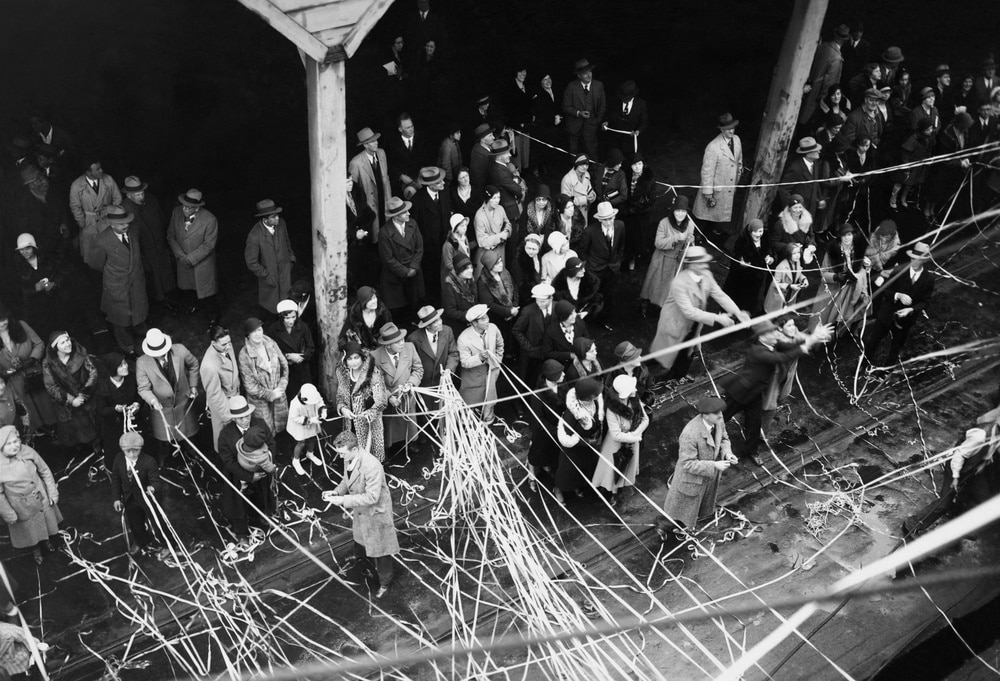Violet Jessop was an unsung sailor, an unsinkable ship herself, and arguably the luckiest sailor. This is part one of her story.
Early Life
She was born in October 1887, in Argentina where her parents immigrated from Ireland. Then, after her fathers death, Violet accompanied by her mother, moved to London.
There is where Violet and her family fell into hard times, so Violet decided to try her luck at becoming a ship stewardess. The ships she applied and worked at were today’s equivalent of a Carnival or Disney cruise. But, as usual with the time, she faced discrimination.
Discrimination
Let me paint you a picture. A young, strong, healthy, and capable woman approaches a cruise captain. She nails the interview because she has amazing communication skills and patience—which would equip her to perfectly deal with the rich aristocrats who would pay for such a luxury. As she’s asking when she may begin work, the Captain stops her saying “You’re too pretty to work on a ship, you should focus on getting married.”
This enraged Violet, but she understood she had to adapt to support her family. So, she and her mother created what they later called “a man-frightening wardrobe,” and after many other interviews, she found herself working for the White Star Line.
The Olympic
This specific line of ships was hoping to monopolize transatlantic travel with the launch of three new cruise ships. The Olympic in 1911, which was Violet’s first voyage, The Titanic, of which Violet survived, and the Britannic. The work conditions on the Olympic was meek. It was sixteen plus hours a day only to return to cramped sleeping chambers.
In spite of this, Violet Jessop seemed to thrive at sea. While she spent most of her time completing chores, she also had tons of face time with the passengers on a particular voyage from/to America. Violet wrote about this experience in her memoir saying “Americans seem to recognize that you were there to make their trip more comfortable and pleasant and often observed that the work could not always be easy to accomplish.”
Violet was content with her work on the Olympic, and on September 20, 1911, she boarded the ship as it was leaving harbor starting her work as usual. Around lunch, before she sat down to eat, the Olympic collided with the British warship, HMS Hawke. Thankfully, everyone on board was dismissed with no tragedies, but Violet Jessop refused to discuss the wreckage in her memoirs. She continued to work on the ship until April 1912, when she transferred to the Olympic’s sister ship the Titanic.
Part II will be up soon!
It’s Women’s History Month, so we’re all about celebrating what women have done and are continuing to do in the 21st century. If you want to learn about more iconic women like Violet, take our fun Iconic Women of History quiz.

